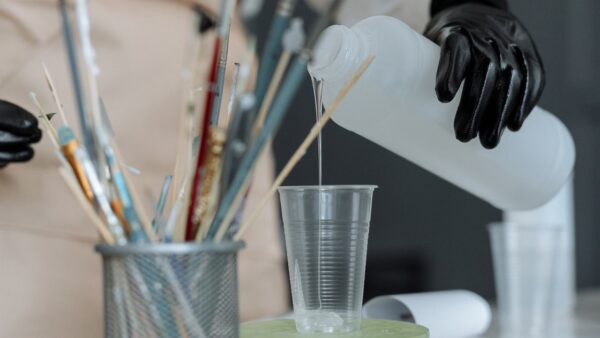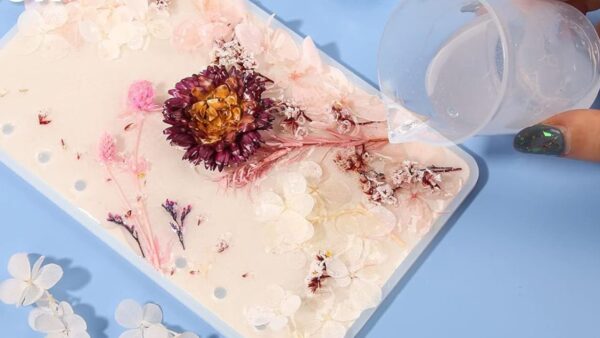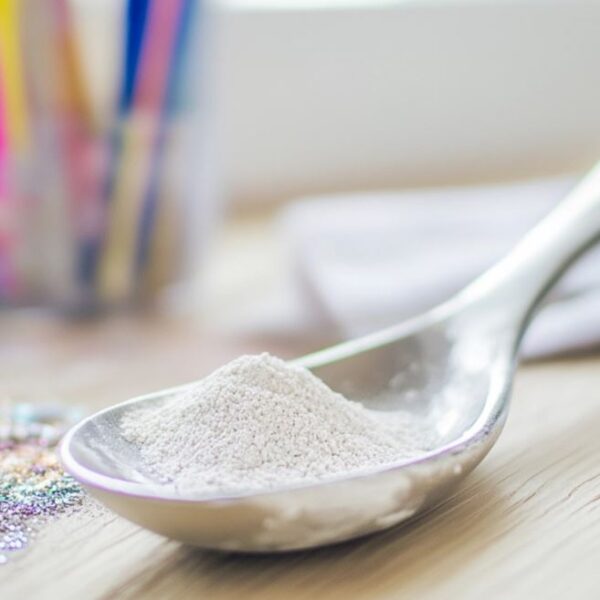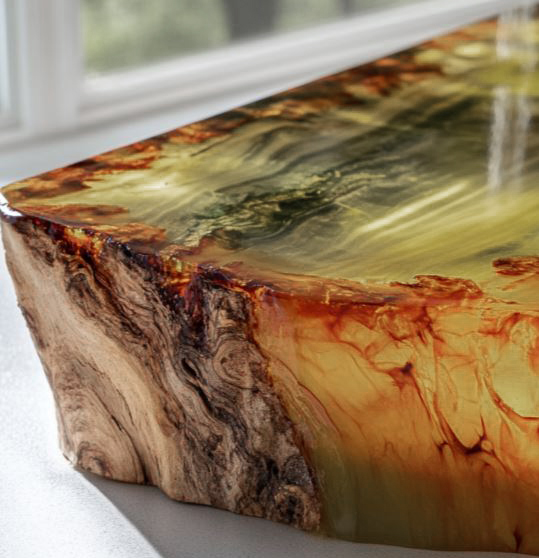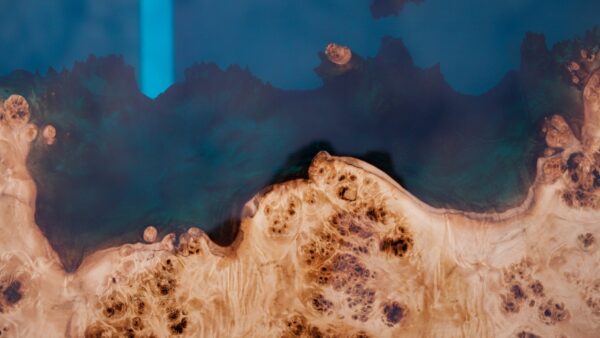17 top Reasons why Resin is not curing [2025]
You might be here because you have a problem, your resin is not curing or hardening. Epoxy resin, renowned for its versatility and durability, has become a popular choice for a myriad of applications, from DIY crafts to industrial projects.
However, there’s one frustrating problem that can baffle even the most experienced enthusiasts and professionals alike: epoxy resin not curing as expected.
Or you might be wondering why resin is not curing in a silicone mold. Or how to fix resin that didn’t cure. Learning how to use resin properly is a must, especially for beginners who are just starting out.
This issue can be both perplexing and costly, causing projects to come to a standstill and leaving many wondering what went wrong, like creating dimples in resin and a ton of money wasted, we understand the frustration.
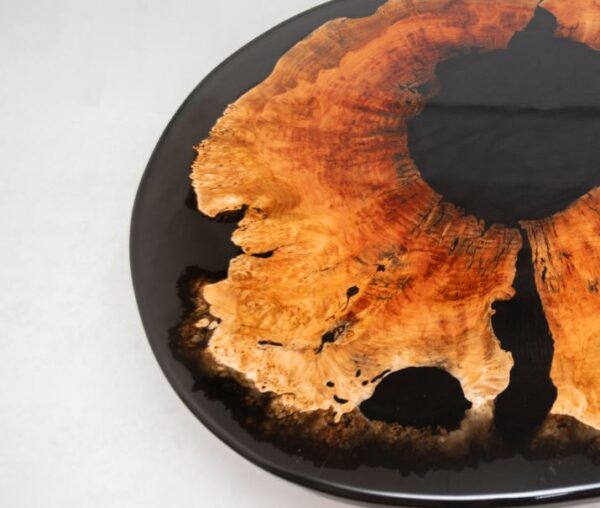
In this article, we’ll delve into the common culprits behind epoxy resin’s failure to cure and explore the practical solutions that can help you with successful outcomes in your resin projects.
So, let’s uncover the mysteries of epoxy resin curing and discover how to tackle this issue head-on.
We work with resin all the time so we have some valuable advice for working with resin. Let’s go through these resin curing problems and solutions together!
Why Resin Is Not Curing
1. Incorrect Mixing Ratios
Mixing epoxy resin and hardener in incorrect proportions can lead to poor curing. Epoxy resins typically require a precise ratio of resin to hardener, often specified by the manufacturer.
Deviating from this ratio can disrupt the chemical reaction needed for curing and leave you with tacky resin. To address this, have accurate measuring tools, adhere strictly to the recommended mixing ratios, and mix thoroughly. This is a common mistake for beginners who are working with resin.
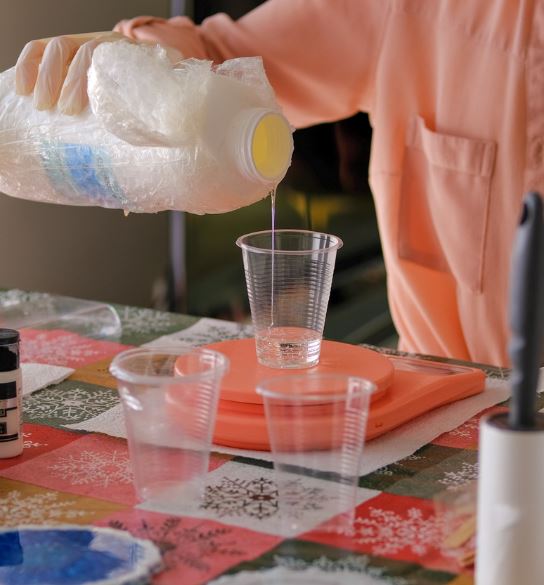
If you feel that mixing resin is too difficult, you might want to switch for a UV resin which can be used for small pieces like jewelry.
2. Temperature Extremes
Temperature plays a crucial role in epoxy resin curing. When it’s too cold, the curing process can slow down significantly or, in extreme cases, not occur at all. How to fix resin that doesn’t cure may simply be the temperature of the room that you are working in.

Conversely, high temperatures can accelerate the curing process, potentially leading to exothermic reactions and a “hot cure.” To remedy this, maintain your workspace within the recommended temperature range specified by the manufacturer.
In cases of extreme temperatures, consider using heat lamps or cooling systems to control the curing time and get a smooth finish. Having the right temperature can also help prevent the resin from yellowing.
3. Moisture and Humidity
Epoxy resins are highly sensitive to moisture and humidity. Elevated humidity levels or exposure to moisture can disrupt the chemical reactions required for proper curing.

To counter this, work in a dry environment and maintain good ventilation to prevent moisture buildup. Using a dehumidifier can help in particularly humid conditions. It should only take about 24 hours for epoxy resin to fully harden.
4. Contaminated Materials
Why is my resin not hardening is a common question, and may be due to contaminants.
Contaminants such as dust, dirt, or foreign particles in the resin mixture can prevent proper curing and result in an uneven or blemished surface. Or if you are using colorants including acrylic paints for epoxy resin, they could be expired.

Before you begin, make sure your mixing containers, stirring tools, and the application surface are pristine. Regularly clean and inspect your workspace to prevent the introduction of foreign particles during the epoxy application.
This commitment to cleanliness will help with more successful curing process.
5. Old or Expired Resin
Epoxy resin can have a limited shelf life. Using outdated or expired resin can lead to curing issues because the components may have deteriorated over time.
Prevent this by regularly checking the expiration date on your resin containers and always opt for fresh materials to guarantee optimal curing results. Here is a helpful guide to check out later about how to tell if resin has expired.
Also make sure you are using a trusted brand of resin for your projects. Here are three companies that have excellent formulas:
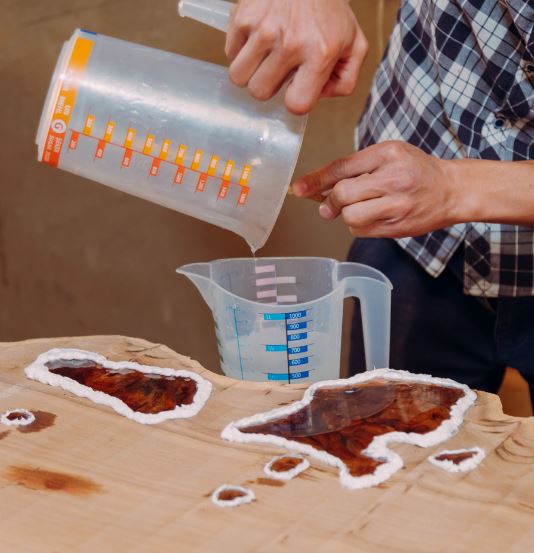
6. Incomplete Mixing
Inadequate mixing is a common cause of epoxy resin not curing as expected. Thoroughly mixing the epoxy resin and hardener makes sure that the chemical reactions between the components are uniform and complete.

Stir the components slowly and deliberately, scraping the sides and bottom of the mixing container to avoid any unmixed portions. A consistent, bubble-free mixture is essential for proper curing. See our complete guide on How To Mix Resin.
7. Insufficient Mixing Time
In addition to incomplete mixing, inadequate mixing can impede the curing process. Epoxy resin and hardener need to be thoroughly combined to activate the chemical reaction that leads to curing.
If not mixed for a sufficient duration, uncured spots may develop within the resin, resulting in a less-than-desirable finish and possible sticky mess.
To address this issue, invest ample time in the mixing process, ensuring that both components are well-blended.
If your epoxy is still tacking after a week, I’m sorry but you will either need to start over or apply a coating over the tacky resin.

Use a slow, methodical stirring technique, and pay close attention to scraping the sides and bottom of the mixing container. Set a timer on your phone so you know exactly how long to mix.
8. Surface Preparation
Proper surface preparation is critical for epoxy adhesion and curing. An unclean, rough, or improperly prepared surface can lead to poor bonding and curing issues.
To address this, follow the recommended surface preparation steps for your specific project, which may include sanding the substrate, cleaning it thoroughly, and applying any necessary primers or bonding agents.
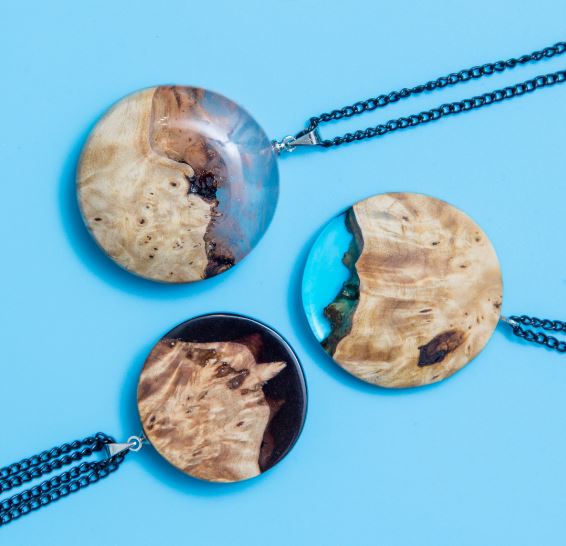
Proper preparation creates a strong bond for the epoxy and helps with successful curing especially when working with wood.
9. Inadequate Thickness
Some epoxy resins require a minimum thickness to cure properly. This requirement is essential for the resin to generate enough heat during the curing process.
To resolve this issue, review the product instructions for the recommended thickness, and adjust your application method accordingly.
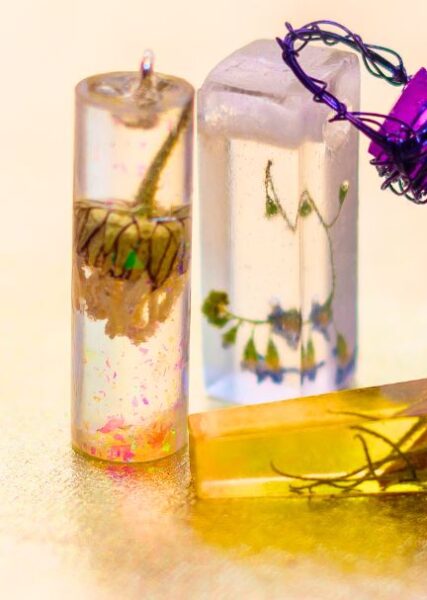
10. Incompatible Additives
Introducing incompatible additives or pigments to epoxy resin can interfere with the curing process. This can lead to resin not curing correctly and may result in soft or tacky spots. We have a helpful article about the best colorants to use for resin.
To prevent this, always check the compatibility of additives with the epoxy resin you plan to use. Many manufacturers offer recommended additives that are known to work well with their products.
Also, if you are using flowers for incorporating into resin, always make sure they are dried properly. Never use fresh flowers in resin.
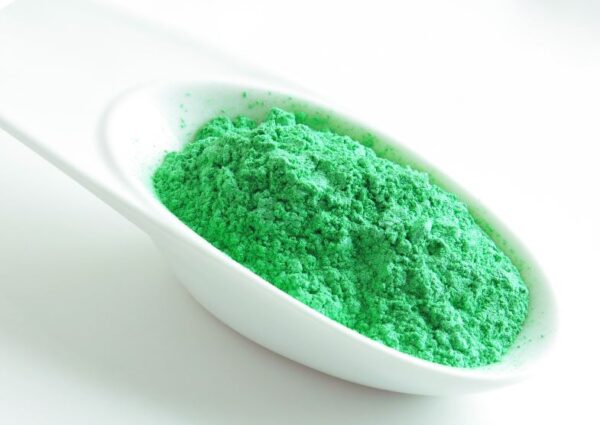
11. Inadequate Curing Time
Rushing the curing process or not allowing sufficient time for the epoxy to set can lead to incomplete curing. The recommended curing time specified by the manufacturer is designed to so the epoxy has ample time to cure thoroughly.
How long it takes for resin to dry will depend on the formula that you are buying. If you are having problems with your resin and need to get it out of the mold. Here’s our helpful guide on how to get uncured resin out of molds and cups.
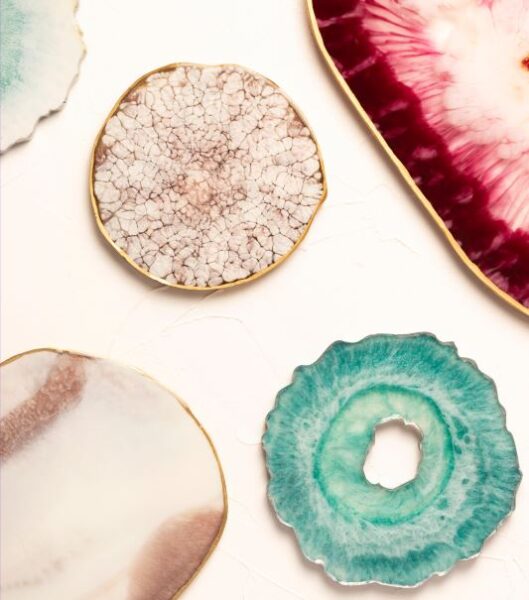
Be patient and adhere to these guidelines to achieve the best results. Prematurely demolding or using the cured epoxy before it has reached its full strength can compromise its final characteristics.
Do you know how long it takes epoxy resin, UV resin or polyester resin to cure? Here’s our complete guide to resin curing with typical cure times.
12. Overworking the Resin
Vigorous stirring, excessive agitation, or repeated manipulation of the epoxy resin can introduce air bubbles into the mixture. These bubbles can hinder the curing process and result in an uneven or blemished surface.
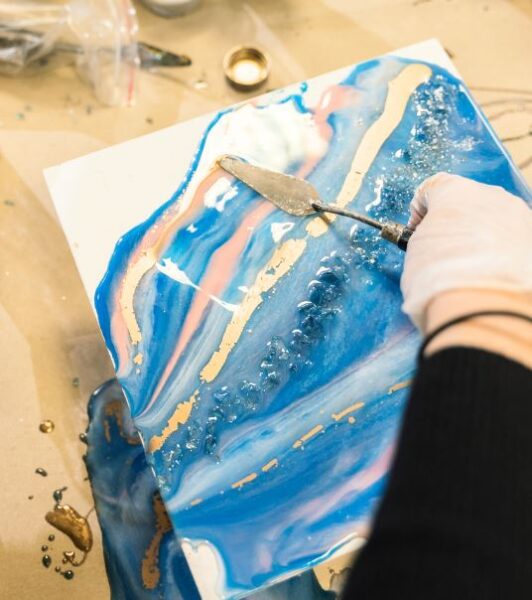
Minimize the risk by mixing the epoxy gently but thoroughly for proper blending without incorporating excess air. Additionally, allow the mixed epoxy to rest for a few minutes after mixing to allow bubbles to rise to the surface before application.
13. Improperly Sealed Containers
Exposure to air can cause epoxy resin to thicken or harden prematurely in its container. Reseal opened containers tightly and store them in a cool, dry place.
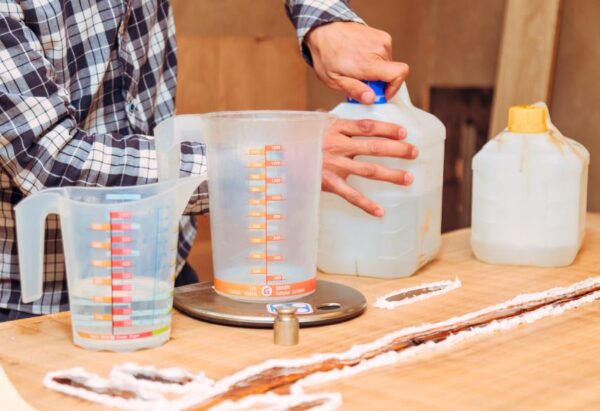
14. Resin Thickness Variation
Applying epoxy resin unevenly can lead to curing issues because thicker sections may not cure properly. To address this, pour an even and consistent thickness when pouring or spreading the resin.
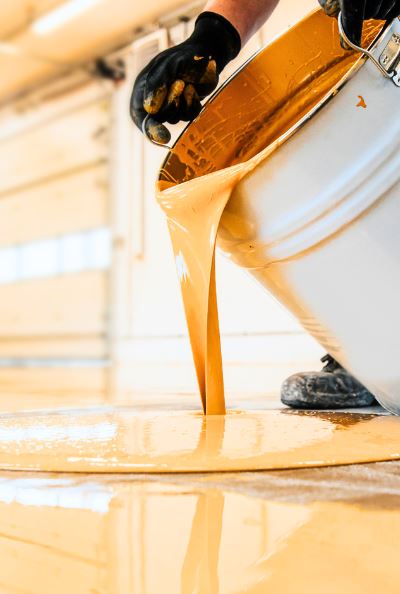
Use tools like notched trowels, squeegees, or spreaders to help control the resin’s thickness and maintain uniform coverage. Especially when pouring over large surfaces. The absolute best thing to do is prepare the surface before pouring to make sure there are no large pockets.
15. UV Exposure
Some epoxy resins require exposure to ultraviolet (UV) light to cure. This curing mechanism is known as UV resin. Make sure that you are using epoxy resin specifically designed for UV curing and expose it to the appropriate UV light source for the recommended duration specified by the manufacturer.
Be mindful of the required curing time under UV light for a complete cure. Check out our article for the best resins for jewelry and our DIY resin jewelry guide, we have some brands in there that have a great formula for quick curing.
Also, make sure the lamp you are using is strong enough to cure the resin, like the ones from Melody Suzie.

16. Incompatible Substrates
Certain substrates may not bond well with epoxy resin, causing curing problems. Before starting your project, verify that the substrate you are working with is compatible with the specific epoxy resin you’ve chosen.
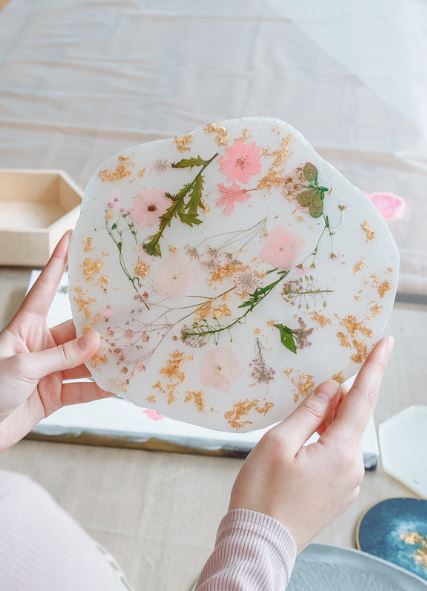
In some cases, you may need to apply a suitable primer or bonding agent to improve adhesion. If no compatible primer is available, consider choosing a different epoxy formulation that is known to adhere well to your chosen substrate.
Resin will not stick to silicone, wax or freezer paper. Here is a list of things epoxy resin will not stick to.
17. Incomplete Deaeration
Failing to remove air bubbles from the epoxy resin mixture can lead to unsightly blemishes and weak spots in the cured epoxy. Air bubbles can become trapped in the resin during mixing or application. To address this issue, you can employ several techniques:
Vacuum Chamber:
Place the mixed epoxy in a vacuum chamber to remove air bubbles. The reduced air pressure causes the bubbles to expand and rise to the surface, allowing for their removal. We have a guide on some of the best vacuum chambers for resin.
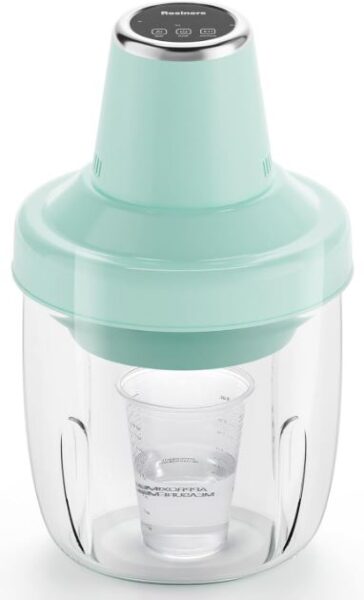
Heat Gun or Torch:
After pouring the epoxy onto the surface, use a heat gun or a butane torch to gently pass over the epoxy surface. The heat will help to pop and dissipate surface bubbles.
Longer Rest Period:
Allow the mixed epoxy to sit for a few minutes after stirring. This resting time allows small air bubbles to rise to the surface before you pour the resin onto your project.
By carefully addressing these individual factors and following the recommended solutions, you can troubleshoot and overcome epoxy resin curing issues, ensuring successful and professional-looking results in your epoxy projects.
Always consult the manufacturer’s guidelines and instructions for your specific epoxy resin product to optimize your outcomes. If you need to get rid of the resin, see our guide about how to dispose of resin.
In summary, knowing the details of epoxy resin and how to fix common curing problems is helpful for getting great results in your projects.
By carefully handling things like mixing amounts, temperature, preparing surfaces, and managing moisture, you can make the most of epoxy resin’s flexibility.
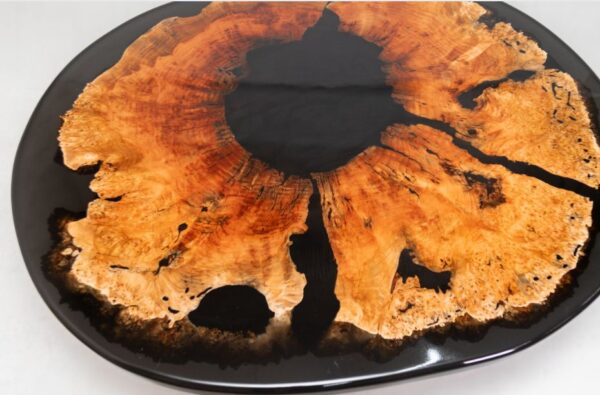
Armed with this knowledge, you’ll be better equipped to surmount any challenges and create stunning, flawless epoxy creations. Thanks for reading, and may your future resin endeavors be filled with success and creativity.


